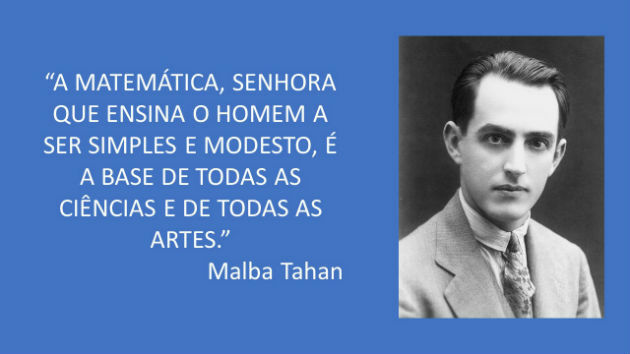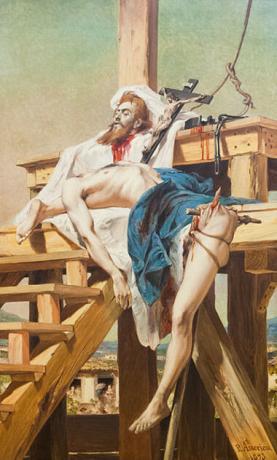O National Mathematics Day or simply Mathematics Day, is celebrated in Brazil in May 6th.
The celebration's main objective is to encourage the mobilization of teachers and students for the carrying out educational and cultural activities, with Mathematics as a central element in its various dimensions.
This date was chosen in honor of the mathematician Julio César de Mello e Souza (1895-1974), born on May 6 and known by the pseudonym Malba Tahan.
How did the date come about?
In 1995, the year of celebration of Malba Tahan's centenary, a commission formed by specialists in the mathematician's life and work proposed the creation of the Mathematics day.
That same year, it was approved by the Legislative Assembly of Rio de Janeiro and the City Council of São Paulo the creation of the commemorative date, in the State of Rio de Janeiro and in the Municipality of São Paulo Paul.
In 2004, a bill for the creation of the Mathematics Day was presented to the Chamber of Deputies.
The initiative, however, was approved almost 10 years later, on June 5, 2013, and decreed by the Presidency of the Republic on June 26, 2013, through law number 12,835.
Activities for Math Day
In schools, teachers can promote an exhibition to present the biography and works of Malba Tahan. You can even make reading circles with his books.
Scavenger hunts with games and solving challenges, as well as showing animations and videos, can be a great incentive to show that Mathematics can be fun.
Who was Malba Tahan?
Julio César de Mello e Souza was born on May 6, 1895, in Rio de Janeiro. He started using the pseudonym Malba Tahan to get his books edited.
He has written over 120 books, 50 of which are dedicated to Mathematics, the most famous being entitled "The Man Who Calculated", published in 1938.
Professor, researcher, engineer, writer and editor, he believed that teaching mathematics could be challenging and engaging.
He taught Mathematics through playful and imaginative activities. Using Arab characters, he created stories and riddles that aroused curiosity in students.


